
Gudrun Ensslin was a German far-left terrorist and founder of the West German far-left militant group Red Army Faction.
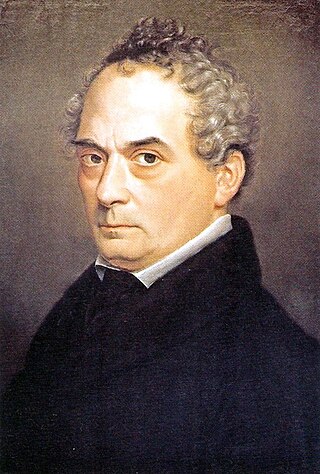
Clemens Wenzeslaus Brentano was a German poet and novelist, and a major figure of German Romanticism. He was the uncle, via his brother Christian, of Franz and Lujo Brentano.

Gustav Walter Heinemann was a German politician who was President of West Germany from 1969 to 1974. He served as mayor of Essen from 1946 to 1949, West German Minister of the Interior from 1949 to 1950, and Minister of Justice from 1966 to 1969.

Gustav Ludwig Hertz was a German experimental physicist and Nobel Prize winner for his work on inelastic electron collisions in gases, and a nephew of Heinrich Rudolf Hertz.
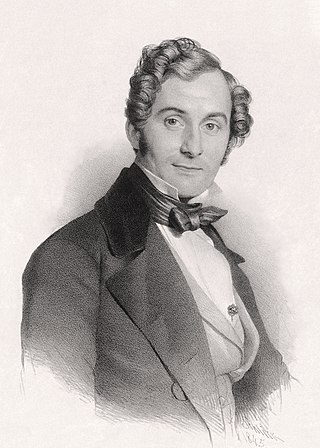
Gustav Albert Lortzing was a German composer, librettist, actor and singer. He is considered to be the main representative of the German Spieloper, a form similar to the French opéra comique, which grew out of the Singspiel.

Katja Lange-Müller is a German writer living in Berlin. Her works include several short stories and novellas, radio dramas, and dramatic works.
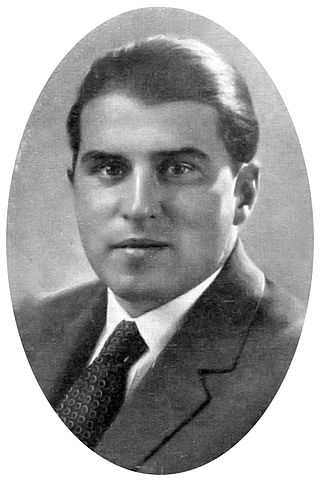
Carl Zuckmayer was a German writer and playwright. His older brother was the pedagogue, composer, conductor, and pianist Eduard Zuckmayer.
Guðrún is one of the most frequently given female names in Iceland. In 2004, it was ranked first before Anna and Sigríður.
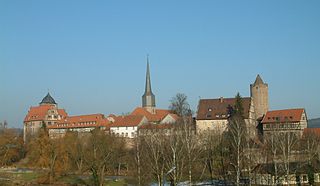
Schlitz is a small town in the Vogelsbergkreis in eastern Hesse, Germany.
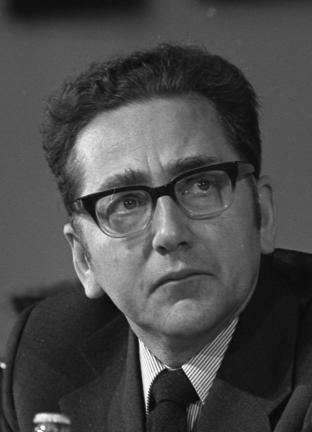
Erhard Eppler was a German politician of the Social Democratic Party (SPD) and founder of the Deutsche Gesellschaft für Technische Zusammenarbeit (GTZ). He studied English, German and history in Frankfurt, Bern and Tübingen, achieved a PhD and worked as a teacher. He met Gustav Heinemann in the late 1940s, who became a role model. Eppler was a member of the Bundestag from 1961 to 1976. He was appointed Minister for Economic Cooperation first in 1968 during the grand coalition of Kurt Georg Kiesinger (CDU) and Willy Brandt (SPD), continuing under Chancellor Brandt in 1969 and Chancellor Helmut Schmidt (SPD) in 1974, when he stepped down.
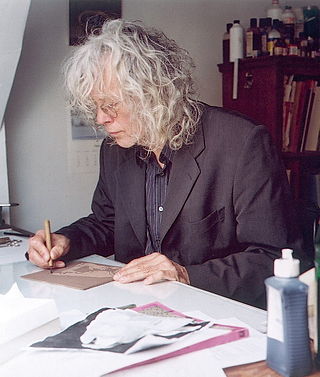
Friedrich Karl Waechter was a renowned German cartoonist, author, and playwright.
Nikolaus Riehl was a German nuclear physicist. He was head of the scientific headquarters of Auergesellschaft. When the Russians entered Berlin near the end of World War II, he was invited to the Soviet Union, where he stayed for 10 years. For his work on the Soviet atomic bomb project, he was awarded a Stalin Prize, Lenin Prize, and Order of the Red Banner of Labor. When he was repatriated to Germany in 1955, he chose to go to West Germany, where he joined Heinz Maier-Leibnitz on his nuclear reactor staff at Technische Hochschule München (THM); Riehl made contributions to the nuclear facility Forschungsreaktor München (FRM). In 1961 he became an ordinarius professor of technical physics at THM and concentrated his research activities on solid state physics, especially the physics of ice and the optical spectroscopy of solids.
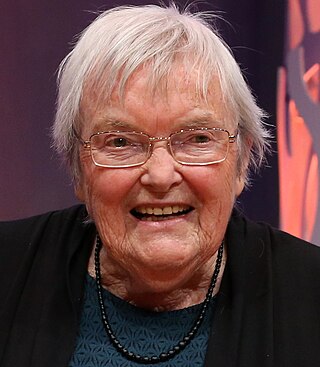
Gudrun Pausewang, less commonly known by her married name, Gudrun Wilcke, was a German author of children's and young adult literature. She was known for books such as The Last Children of Schewenborn and Die Wolke which were made part of German school canons. Among her primary topics were work for peace and protection of the environment, namely warning of the alleged dangers of nuclear energy. Her books have been translated into English and received international recognition and awards.
The Buxtehude Bull is an award for youth literature, established in 1971 by Winfried Ziemann, a local book merchant from Buxtehude, a Hanseatic City located in the Hamburg Metropolitan Region. The town council took over the sponsorship of the award in 1981. The award is given annually to the best children's or young-adults' book published in German in the preceding year. The writer is presented with a small steel statue of the bull Ferdinand, from the popular work The Story of Ferdinand by Munro Leaf, and also receives a monetary prize of €5,000.

Hans Alex Keilson was a German-Dutch novelist, poet, psychoanalyst and child psychologist. He was best known for his novels set during the Second World War, during which he was an active member of the Dutch resistance.

Zsuzsa Bánk is a German writer.

Hermann Robert Richard Eugen Kasack was a German writer. He is best known for his novel Die Stadt hinter dem Strom. Kasack was a pioneer of using the medium broadcast for literature. He published radio plays also under the pen names Hermann Wilhelm and Hermann Merten.

Die Wolke is a German novel for young adults by German author Gudrun Pausewang, published in 1987. The story was written after the 1986 Chernobyl nuclear disaster in Ukraine, with a 14-year-old girl having to deal with the consequences of a fictional similar disaster in Germany. It was translated into English by Patricia Crampton, published in 1997, as Fall-Out. Die Wolke, which received several awards, became a popular book for reading in class and was adapted for film and stage, has been regarded as Pausewang's signature work.
Henning Löhlein, is an illustrator working in Bristol. His work has appeared in many media outlets including The Guardian, The Observer, The Financial Times and he has illustrated over thirty books so far. He has drawn his distinctive illustrations for authors of children's books from Britain and Germany, including Werner Holzwarth, Katja Reider, Manfred Mai, Gudrun Pausewang. Since 1996 he has been selected every year for the exhibition of the German Cartoon Prize.















